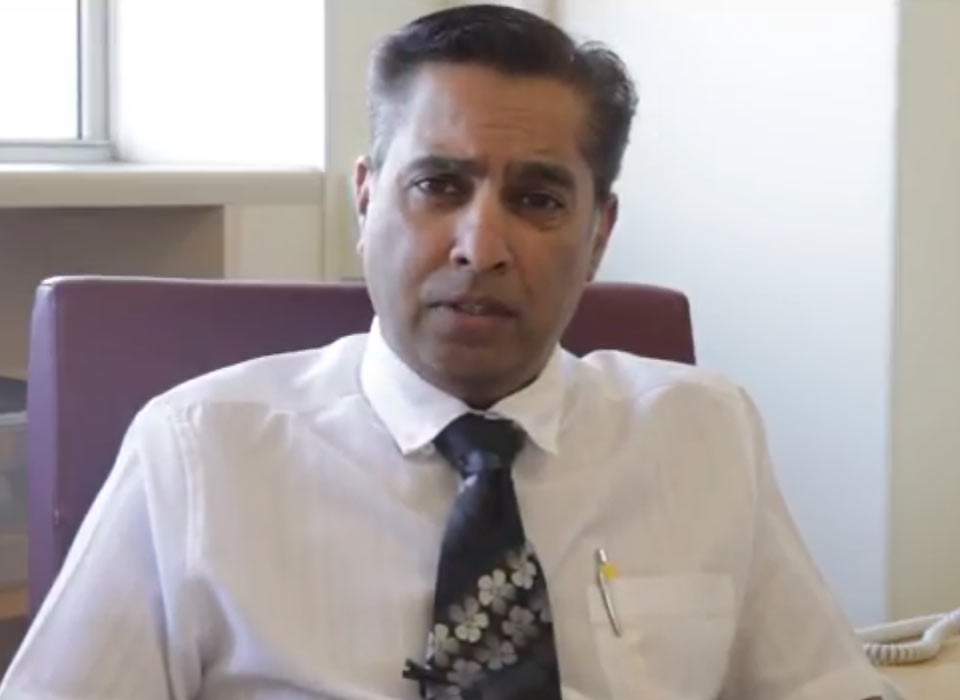
Would you like to participate in Clinical trials?
30th January 2018
Five deadly barriers to effective TB treatment: Unidentified TB-cases
20th March 2018
There are various steps involved in clinical research to ensure safety and efficacy. Below find the 5 steps briefly explained.
1. DISCOVERY & DEVELOPMENT
At this stage in the process, thousands of compounds may be potential candidates for development as a medical treatment. After early testing, however, only a small number of compounds look promising and call for further study.
Once researchers identify a promising compound for development, they conduct experiments to gather information on: How it is absorbed, distributed, metabolized, and excreted ; potential benefits; best dosage ; route of administration ; side effects & effectiveness.
2. PRE CLINICAL RESEARCH
Before testing a drug in people, researchers must find out whether it has the potential to cause serious harm, also called toxicity. The two types of preclinical research are: In Vitro (in glass, as a test tube ) & In Vivo ( in the living organism).
Usually, preclinical studies are not very large. However, these studies must provide detailed information on dosing and toxicity levels. After preclinical testing, researchers review their findings and decide whether the drug should be tested in people.
3. CLINICAL RESEARCH
Researchers design clinical trials to answer specific research questions related to a medical product. These trials follow a specific study plan, called a protocol, that is developed by the researcher or manufacturer. Before a clinical trial begins, researchers review prior information about the drug to develop research questions and objectives. Then, they decide: who qualifies to participate ; how many people ; how long it will last ; what assessments will be conducted & how the data will be reviewed & analysed .
Clinical trials follow a typical series from early, small-scale, Phase 1 studies to late-stage, large scale, Phase 3 studies.
4. REGULATORY AGENCY APPROVAL
A New Drug Application (NDA) tells the full story of a drug. Its purpose is to demonstrate that a drug is safe and effective for its intended use in the population studied.
Once FDA receives an NDA, the review team decides if it is complete. If it is not complete, the review team can refuse to file the NDA. If it is complete, the review team has 6 to 10 months to make a decision on whether to approve the drug.
5. POST MARKET DRUG SAFETY MONITORING
Even though clinical trials provide important information on a drug’s efficacy and safety, it is impossible to have complete information about the safety of a drug at the time of approval. Therefore, the true picture of a product’s safety actually evolves over the months and even years that make up a product’s lifetime in the marketplace
http://www.allergyfoundation.co.za/5-important-steps-in-clinical-research/


